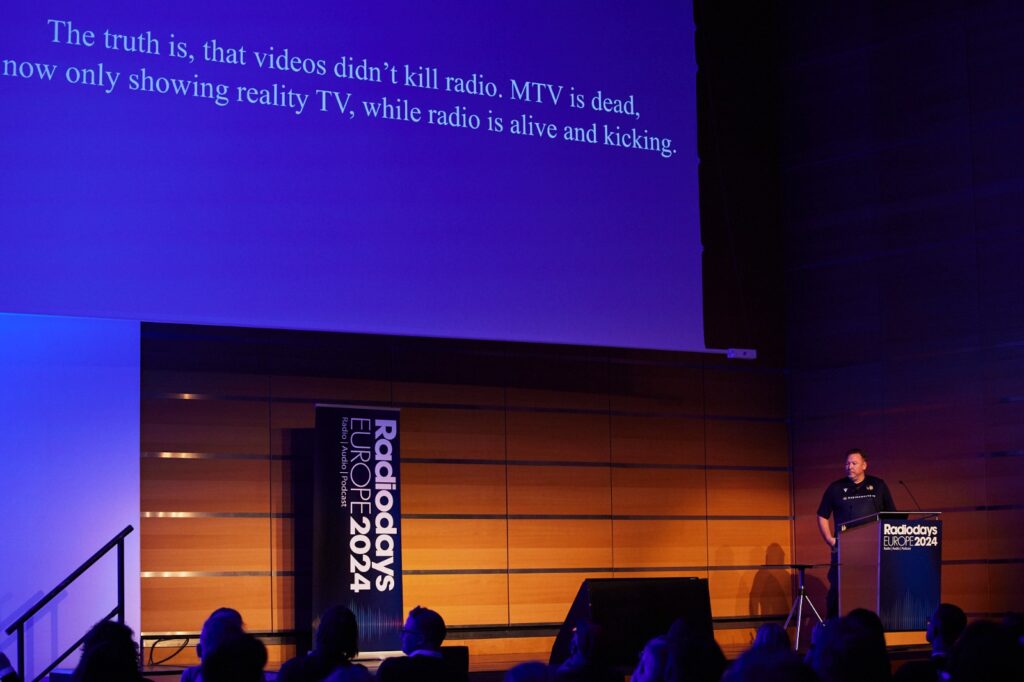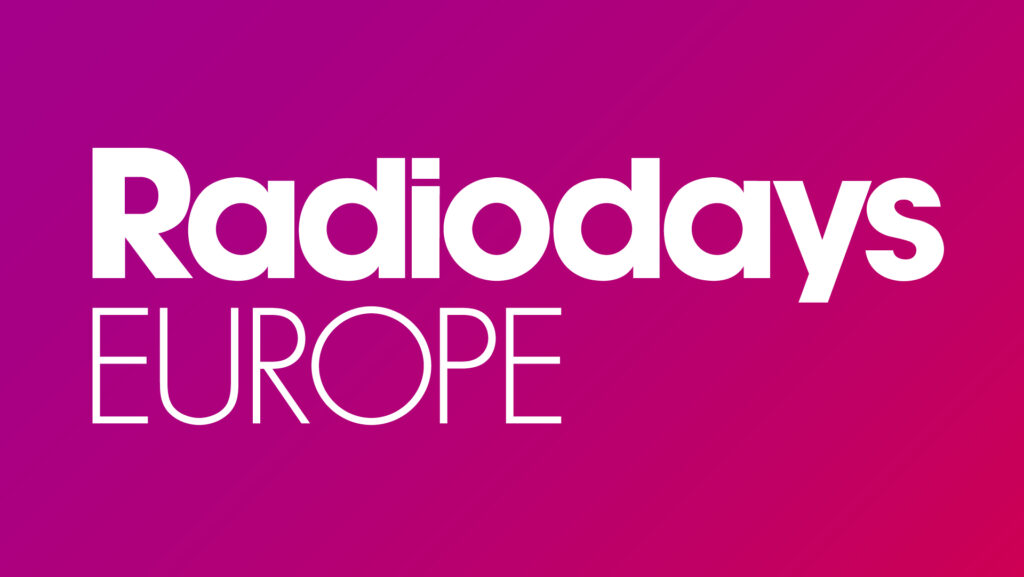How is AI affecting the daily business of radio stations and the audio landscape in general, and how will it affect it in the future? Today’s summit gave insight into the present state and a glimpse into the future of AI technology, use, and ethics.
Up first, Ulrike Köppen & Max Brandl presented the current Bavarian Broadcasting’s regional AI projects. By looking into the future of the audio landscape, it’s possible to extract the hows and whys as much as the necessary strategies for using AI for automation and investigative journalism. A deep dive into segmentation and extracting technology gave further insight into opportunities for media flexibility and better accessibility.
Coming from a Social Media Background, Herman del Campo from Zaibr emphasized the challenges of radio stations to engage with their audience on a much more personal level. He appeals to radio makers for it to become more instant, personalized, and engaging, but also to increasingly share AI knowledge.
Following on that and introducing Object-Based Media, Ann Charles from Mediabobs gave foresight on upcoming personalized audio reception. Imagine: Wherever you are, you get your audio experience based on the location or the situation you are in. That’s what OBM can achieve through splitting audio data into different segments that can be rearranged and reused for different situations. The creation opportunities from there are endless. But for the technology to work, it will need much more cooperation, training, and taking technicians seriously!
Still, Olle Zachrison (Swedish Radio) showed us that “this is not the future, this is here and now” with some impressive case studies on AI content creation, uses for translation and transcription, and mobile radio consumption. But these tools will require transparency, human review, taking into account the risk of factual errors, and being aware of editorial danger zones (such as deep fakes).
The prominence of AI in present times was demonstrated by Erin Callaghan from Futuri AI Tuning. They create AI hosts during late hours, she describes as “not alive but live.”
AI is not only a tool for simplifying tasks, but also a source of entertainment in itself.
Juha Lahti showcased his work with AI on the Viki & Köpi Show, where an impressive 30 hours of material were produced in just 6 hours. What they learned from there: no big crew is needed for big things.
Furthermore, AI extends beyond professional use. Johannes Ott demonstrated how Radioadmaker allows small business owners to easily create radio ads in just 3 minutes, benefiting both them and small radio stations in attracting more clients.
All positive aspects aside, Mikkel Ottesen Lonstrup, CEO of RadioAnalyzer, delivered a memorable presentation emphasizing the need for thoughtful AI utilization, illustrated through a metaphor about cheese that isn’t cheese. He stressed the importance of human creativity and input, leaving a lasting impression.
AI also evokes a certain fear among audiences and employees faced with something new. Tina Zacher from Antenne Deutschland emphasized the importance of involving employees in the development process rather than replacing them, allowing them to unleash their creativity.
Lastly, Raoul Wedel from Wedel Software concluded the summit by addressing language barriers and dialects as challenges for AI. Despite these challenges, AI is already a major player in the radio industry, presenting both significant challenges and opportunities for growth.



